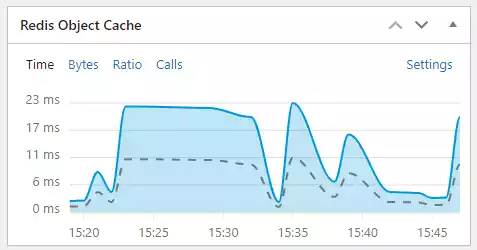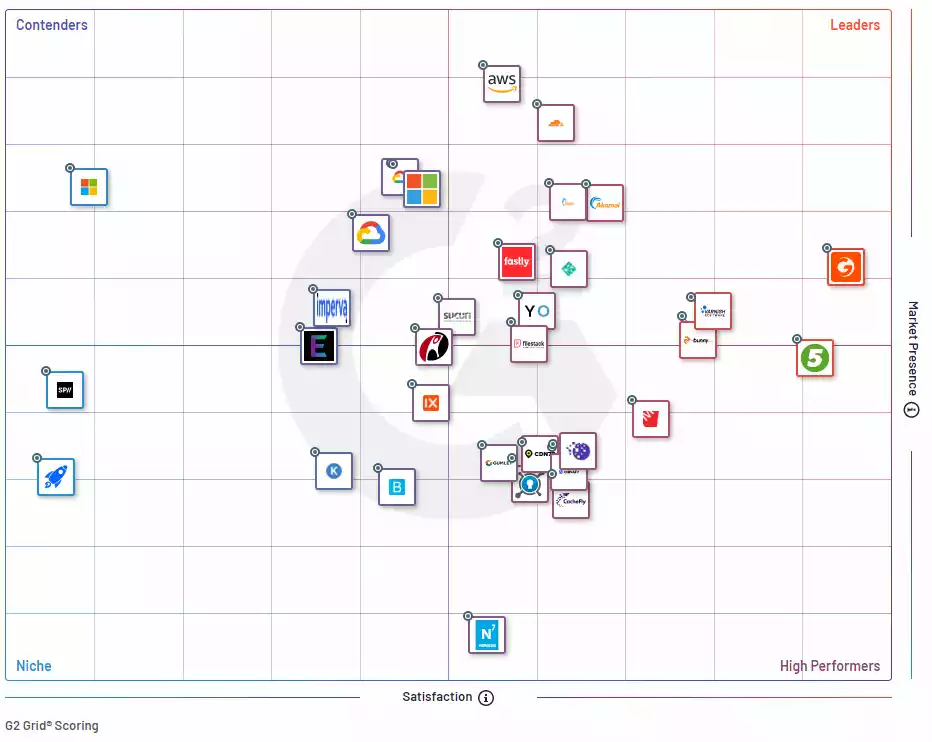“It’s like watching a movie where the character is stuck in slow motion. You can see what they’re trying to do… but it takes forever to get anywhere. It’s incredibly frustrating and makes you feel like you have no control over the situation.”
Your website is your business, and when it slows down, it sends a signal that your business isn’t running as smoothly as it could be. Everything moves more slowly and progress stalls – customers can’t purchase products and services, web pages take too long to load, and search engines aren’t able to index everything properly.
The result? Lost revenue, dissatisfied customers and missed opportunities. Nobody wants that.
Implementing a cache, or improving on your website’s existing cache system, can be the biggest improvement to your website’s health and site speed. As you continue to optimize WordPress performance, consider how your caching layer interacts with all aspects of your environment.
It’s an incredible feeling to have a website that works as it should and loads quickly. It’s like going from driving a car with a broken engine to driving in the newest sports car – you can go faster, smoother, and enjoy the ride! When your pages load fast, it’s almost like they’re anticipating what your visitors want before they even realize they need it!

It’s like when everything just clicks into place, giving visitors the best possible experience. It demonstrates to customers that we care about their time and value their patronage of our website.
From an engineering perspective, fixing a slow WordPress website is pretty straightforward. The biggest win, though, will often be implementing successful caching strategies for your WordPress website.
Caching, in WordPress, is pretty easy. There are a number of popular tools that make implementing some of the best cache technologies as easy as installing a plugin and clicking Enable.
Let’s take a look at some of the best strategies and how they can benefit your WordPress website.
Implement an Object Cache
Implement an object caching system like Redis or Memcached to store database query results and page rendering components such as HTML fragments. This can help minimize the amount of time spent on database calls and constructing pages from scratch, thus speeding up page loads.
Redis

Probably the best choice for object cache on WordPress, Redis is a powerful, open-source, in-memory data structure store that can be used as a cache system to improve the performance of web applications by storing frequently accessed data in memory. It has support for advanced data types and powerful APIs to enable fast access and manipulation of stored data.
“The open source, in-memory data store used by millions of developers as a database, cache, streaming engine, and message broker.” explains the Redis team.

To get started with Redis in WordPress, you will need to install it on your local machine or server. After installation, you can configure Redis and start the service up with basic commands like SET/GET/DEL and also use hashes, lists or other more complex structures.
Redis is an in-memory data structure store that is used as an alternative to traditional relational databases such as MySQL. It stores data in a key-value format and is designed to provide low latency access, which makes it an ideal choice for caching.
Using Redis with WordPress can help improve website performance by minimizing the number of expensive database queries needed to construct a page. With Redis, commonly requested objects can be stored in memory for quick retrieval without having to query a database each time the same object is requested. This allows WordPress pages to load faster and reduces server strain, resulting in improved overall performance of the site.
Memcache

Memcached is an open source, high-performance in-memory caching system. It stores frequently used data from a website or application in memory for quick access. By using Memcached on a WordPress website, you can drastically improve its loading speed and reduce the load on your web server.
To use Memcached with WordPress, you need to install and activate the Memcached Object Cache plugin. This plugin gives WordPress full compatibility with the Memcached service and also allows developers to use their own custom code to integrate other features such as persistent object caching.

After installation and activation, you will need to configure your wp-config file with details of your chosen memcache server(s) such as IP address, port number etc. Once setup is complete, all PHP objects stored by WordPress will be handled by the object cache instead of MySQL queries thereby increasing page loads speeds noticeably over time (which could have decreased over time due to heavier traffic).
Anytime you’re integrating a caching layer, like Memcached, into production environments it’s always recommended that thorough testing should be done first so as not cause instability or other unexpected issues.
Use a CDN
A Content Delivery Network (CDN) is a system of distributed servers that helps deliver content to users quicker and more efficiently than a single server. It works by offloading the delivery of static content, such as JavaScript, HTML and CSS files, from the main web server to other servers located in different geographical locations with minimal latency.
Using a CDN for your WordPress website can definitely increase performance, reliability and scalability in delivering your content to users. To get started using a CDN on your WordPress website you’ll need to first sign up with a provider and set up an account. After signing up you’ll need to point your DNS records at their servers – this informs them which domain or subdomain they should handle traffic for.

Popular CDN providers include:
Costs vary depending on the CDN provider, but typically they are billed either per bandwidth usage or per requests. Most providers also have a free tier available with limited features.
Reverse Proxy Cache
Implement a reverse proxy cache like Varnish or Nginx to handle requests before they reach WordPress core files by storing copies of requested pages in memory or disk space so it can respond quickly when subsequent requests come in for frequently accessed content without having to re-process all resources every time.
A reverse proxy cache is a type of caching server that sits between the user and the origin web server. It stores copies of website data so that when users request pages, they can be served quickly from the cache rather than having to be generated again from scratch by the origin server each time. This improves performance for both users and for the origin web server.
To use a reverse proxy cache on a WordPress website, you will need to configure your web hosting environment to send all requests for static content through the proxy cache while sending dynamic content directly through to your WordPress installation without being cached.
Depending on your setup, this might involve configuring DNS entries or using an HTTP server such as Apache or Nginx with configurations like mod_proxy or fastcgi_cache enabled. Once you have done this configuration work, any requests sent through your reverse proxy should be cached in memory before being sent back out as responses to users’ requests.


